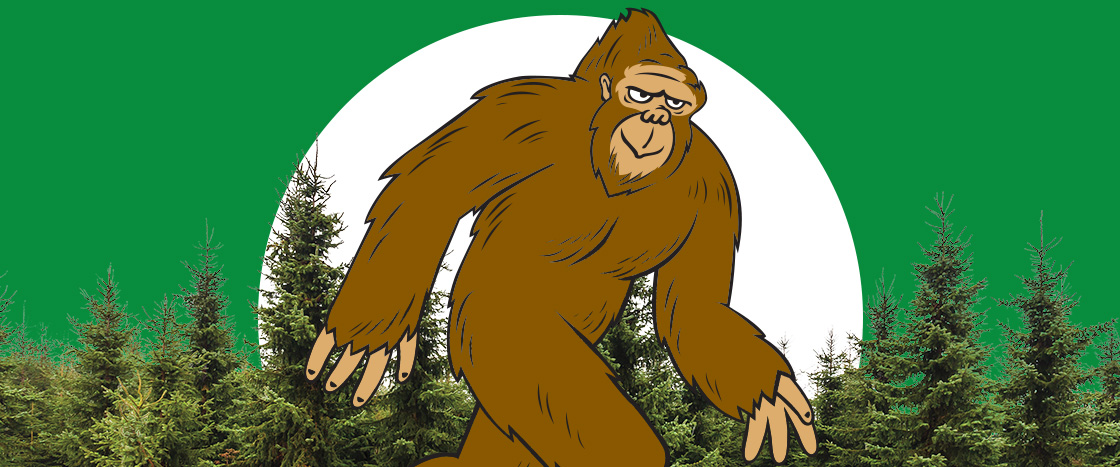SHUTTERSTOCK.COM
It is a wild beast. It looks like a gorilla. But it is even bigger.

There are many stories about Bigfoot. No one knows if they are true. What do the stories say?
1. Bigfoot is big and hairy.
SHUTTERSTOCK.COM
It is a wild beast. It looks like a gorilla. But it is even bigger.
2. Bigfoot lives in the woods.
Most stories of Bigfoot take place in California.
It wanders at night.
Some people think they have seen Bigfoot.
3. Bigfoot is tall.
It is as tall as a basketball hoop.
It is tall, but it is gentle.
4. Bigfoot smells bad.
It smells like a skunk.
It smells like trash. Yuck!
That is what some stories say.
More About the Article
Reading Focus
Critical thinking
Vocabulary
Science Focus
Animal behaviors
Environments
Vocabulary:
beast, wanders, gentle
ESSENTIAL QUESTION
The essential question of this issue is What is a mystery? The articles below connect to this theme.
Through the above genres, students will discuss:
Small Group/Partner Read
Word Work
1. BEFORE READING
Preview the Article and Set a Purpose for Reading (3-5 minutes)
3. AFTER READING: Focus on Skills
ELA Focus: Vocabulary (10 minutes)
ELA Focus: Key Details (15 minutes)